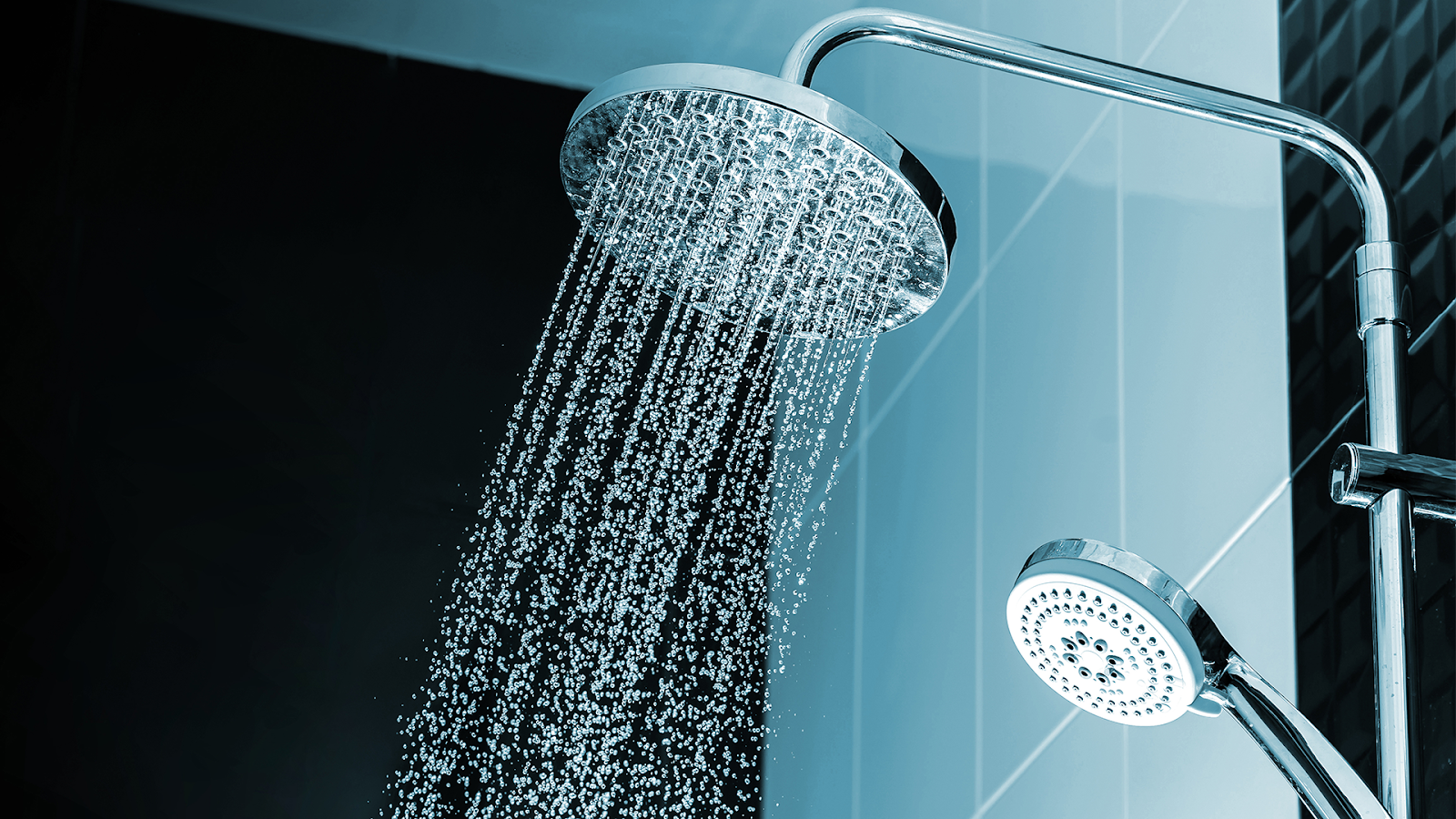
600k+ Followers

600k+ Likes

160k+ Followers
FEATURED IN





Introduction
How can you reduce your water and energy use at home while still enjoying a powerful, satisfying shower? A water-saving shower head is your eco-smart upgrade. It saves gallons while still delivering satisfying showers. For an even bigger impact, choose a model that also provides the benefits of using filtered water. Let’s dive into its environmental power.

What Is a Water‑Saving Shower Head?
At its core, it’s a low‑flow device that restricts water output, typically to under 2.5 gallons per minute (gpm), and often around 1.5–2.0 gpm. Features like air infusion (aeration) and pressure valves help maintain a strong spray while using less water.
Major Ecological Benefits
1. Water Conservation
A WaterSense-certified head can save up to 2,900 gallons per household each year.
With U.S. households fully adopting them, we could conserve 260 billion gallons annually.
Even modest reductions (30–50%) have big impacts: a Swiss program cut 623 million liters and 12,000 tonnes of CO₂ yearly.
2. Energy Savings & Carbon Footprint
Heating water accounts for roughly 17% of a home’s total energy usage.
A low‑flow shower could save 330 kWh of electricity per year, enough to power a home for 11 days.
Reduced hot water use cuts CO₂ emissions by roughly 0.93 – 1.52 gigatons if WaterSense adopters scaled across U.S. households
Local program saw a CO₂ reduction of 12,000 tonnes annually
3. Reduced Strain on Resources & Infrastructure
Less water use eases demand on rivers, aquifers, and municipal systems.
Trimming water flow lightens the load on water-treatment plants, saving energy and reducing emissions.
How It Helps Your Wallet, And The Planet
| Advantage | Environmental Impact | Financial Perks |
|---|---|---|
| 30–50% less water usage | Lower resource depletion | Save hundreds on water bills (e.g. £40) |
| Less hot water = less energy use | A drop in greenhouse gas emissions | Save ~330 kWh/year |
| Efficient tech (aerated or TSV) | Maintains comfort with minimal waste | Comparable to full‑flow showers in feel |
| Extended water-heater lifespan | Less manufacturing/resource waste | Fewer repairs, longer appliance life |
Pressure vs Performance: Modern Innovations
Today’s design breakthroughs ensure low flow doesn’t equal low satisfaction. For more detail on how we achieve this, check out our guide on how our high-pressure design enhances your shower experience.
Air-infusion (Aerating): Mixes air and water for a rich spray with fewer liters.
Pressure-compensation valves: Keep flow consistent even under varying pressure.
Thermostatic Shut-Off Valves (TSV): Stop water until it reaches the set temp, cutting waste during warm-up.
So you can shower longer, stay cleaner, and still save water and energy.
Why This Matters Now
Global water scarcity looms: By 2025, 2.7 billion people will face water shortages.
Energy costs rising: Heating budget stress makes even small savings impactful.
-
Policy shifts: U.S. WaterSense standards encourage adoption, but regulatory reversals may make personal choice more vital.
Choosing the Right Water‑Saving Shower Head
Must-have features:
Flow rate ≤ 2.0 gpm, ideally 1.5–1.8 gpm.
WaterSense certification ensures verified performance.
Aero or pressure tech for a powerful feel with low consumption.
TSV or EcoStop to eliminate water waste during startup.
Browse our shower heads to find a model that combines these eco-friendly features with powerful filtration.
Installation & upkeep:
DIY-friendly, screws onto standard fittings.
Clean aerators monthly to avoid clogs.
Replace cartridges per manufacturer (often annually).
Don't forget to check out our shower accessories for replacement filters and other essentials.
FAQs
1. Will I lose water pressure?
Not with modern designs. Aerated or pressured heads feel full-flow while reducing water use.
2. How much can I save?
A family can save 2,900–7,800 gallons/year and ~330 kWh/year, yielding hundreds in utility savings.
3. What is WaterSense?
A U.S. EPA label that ensures ≥20% less water use without sacrificing performance.
4. Does this reduce carbon emissions?
Yes. Less hot water means lower energy use, and the electrical CO₂ footprint drops accordingly.
5. Are extra features worth it?
Absolutely. Tech like TSV and pressure valves can cut waste further while enhancing comfort.
Conclusion
A water-saving shower head is a simple, affordable, and planet-positive upgrade. It conserves water, reduces energy use, cuts bills, and lowers emissions, without compromising your shower experience. With smart design and eco certification, it’s a win–win investment in savings and sustainability. Your shower selection can truly make a splash, for your wallet and the Earth



